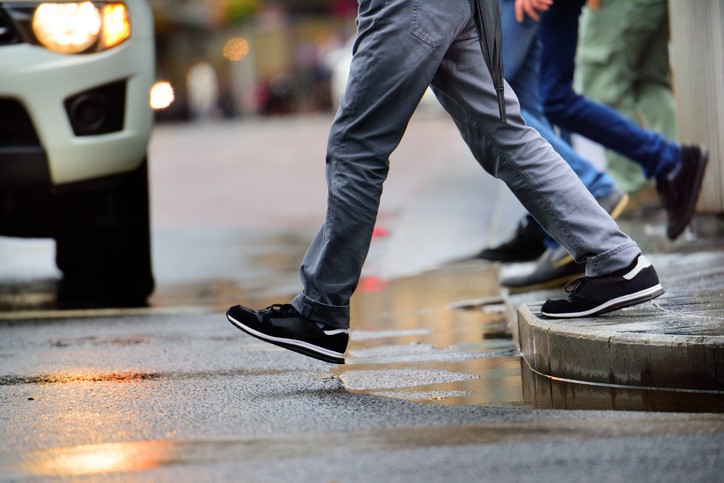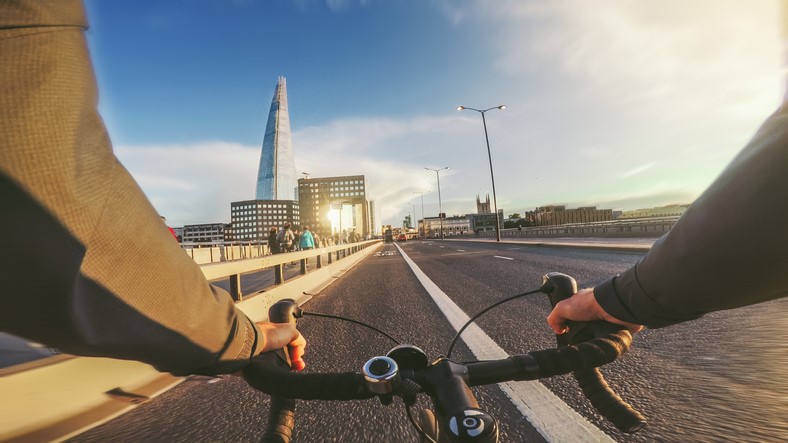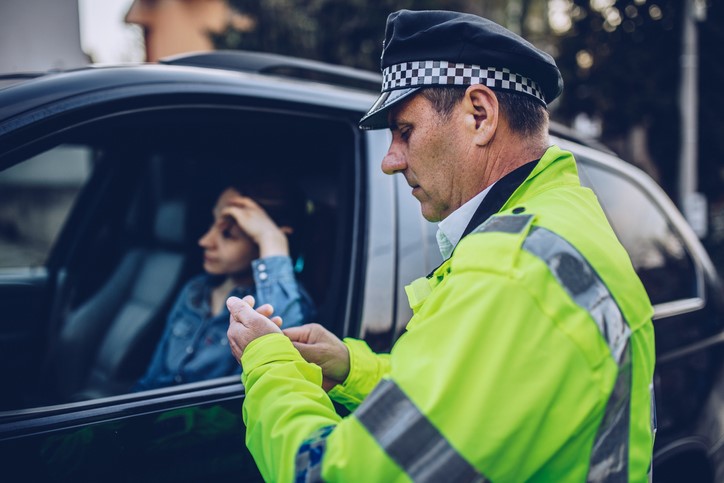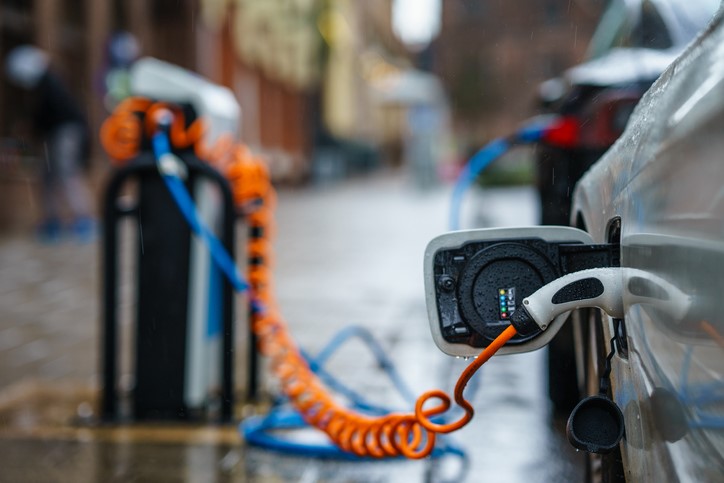Changes to the UK Highway Code
Thursday 24th February 2022

The latest round of changes, which came into force on 29 January this year, have a strong focus on protecting the safety of more vulnerable road users. Nine sections of the Code have been updated and there are 50 new or updated rules to be aware of. Here are some of the highlights:
1. A new hierarchy of road users

Road users facing the greatest risk get the most protection and highest priority
Whilst all drivers have a duty to take appropriate care whilst using the road, Rule H1 clearly states that those in charge of vehicles capable of causing the most harm have the greatest responsibility to reduce the danger they present to others. In other words, drivers of large goods and passenger vehicles shoulder a heavier burden of responsibility than cyclists and pedestrians. The new hierarchy of road users is as follows:
- Pedestrians (highest priority and protection)
- Cyclists
- Horse Riders
- Motorcyclists
- Cars/taxis
- Vans/minibuses
- Large goods/passenger vehicles
2. Pedestrians have priority at junctions

Unless proven otherwise, fault lies with the road user capable of causing the most harm
Until now, unless a pedestrian was halfway across the junction it was deemed that drivers had priority. Under the new rules more vulnerable road users, such as cyclists and pedestrians who are preparing to cross, have right of way. Of course, this doesn’t excuse reckless behaviour on the part of those waiting to cross but, unless proven otherwise, the fault will automatically lie with the road user who can do the most harm.
3. All traffic must stop for pedestrians at a crossing

Pedestrians still need to take care, but drivers must stop if anyone is waiting to cross
The old rules simply obliged cyclists and drivers to stop at zebra and parallel crossings if a pedestrian had already started to cross. Whilst this also placed a responsibility on drivers to slow down on the approach to a crossing, and to anticipate the action of any pedestrians nearby, the new rule means that drivers must stop if there is anyone waiting to cross.
4. Greater consideration for cyclists and new road positioning guidance

Drivers must not cut across a cyclist’s path and should allow them to ride where it is safest to do so
Drivers are now expected to treat cyclists like any other vehicle and not cut across them when turning into or out of a junction, changing lane or direction. For example, drivers must avoid turning into a road if it would cause a cyclist to stop or swerve. And, when moving past stationary or slow moving traffic, drivers must wait for a safe gap in the flow of cyclists, even when if there is no dedicated cycle lane in use.
Cyclists are now directed to ride no less than half a meter from the verge or kerb and further out where it is safer to do so. Drivers are now instructed to allow at least 1.5 meters space when passing at speeds of up to 30mph and more when travelling at higher speeds.
5. Drivers must not use any hand-held phones or devices

Even if the vehicle is stationary, drivers must not use a handheld device for (almost) any purpose
Calling or texting has been banned for nearly 20 years, but the Highway Code now explicitly bans all uses of hand-held mobile devices, including route planning or scrolling through messages. Mobile devices must therefore remain securely fixed in a cradle even when the vehicle is not moving. However, there is an exemption for drivers making a contactless payment, as long as the vehicle remains still until the device is restored to its holder.
6. More power given to local authorities to fine drivers

From Spring 2022, local authorities can fine drivers for minor traffic offences
London and Cardiff already have the power to fine drivers for infringements such as entering a box junction when there is no clear exist or failing to give way when required to do so. Now, in an effort to clamp down on what some see as minor motoring infringements, these fiscal powers are being extended to other local authorities across the country, with fines of up to £70 expected for a wide variety of rule breaches.
7. Guidance on the use of electric charging points

Users must avoid creating a trip hazard and display a warning sign if possible
This is the first time that the Highway Code has contained specific guidance for drivers and passengers using an electric charge point. Drivers are instructed to park as close as possible, display a warning sign if they can and whoever is using the charge point must ensure the cables don’t cause a trip hazard or obstruction.
8. Use the ‘Dutch Reach’ when getting out of a vehicle

Drivers and passengers are encouraged to open the door using their opposite hand
Named after one of the most cycle-friendly countries in the world, the Dutch Reach involves reaching over with your far hand and swivelling in your seat to look for potential dangers before opening the door. In doing so, this reduces reliance on wing mirrors and makes it easier for the driver or passenger to avoid swinging a door open into the path of an oncoming pedestrian, cyclist, or vehicle.
Research suggests that a third of people haven’t read the Highway Code since passing their test and so, if you haven’t checked the Code for a while, now would be a great time to start.
And of course, to keep up to date with all the latest news affecting drivers, fleet managers and business fleet operators, just keep an eye on our motoring news and insights blog or sign up to our mailing list today.

